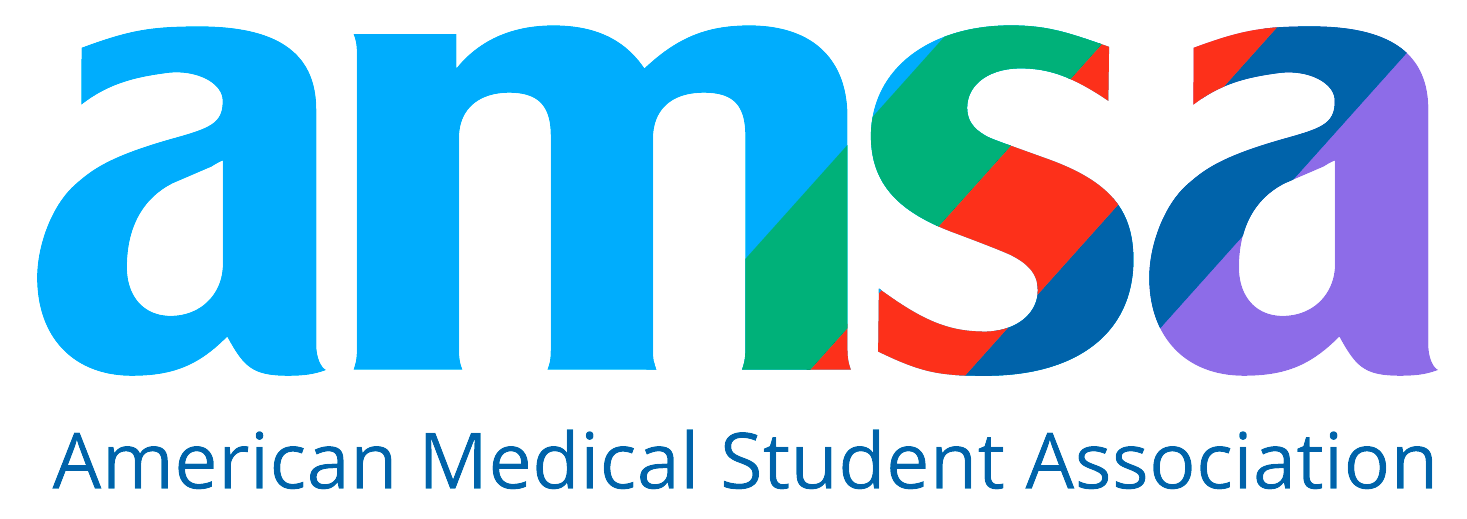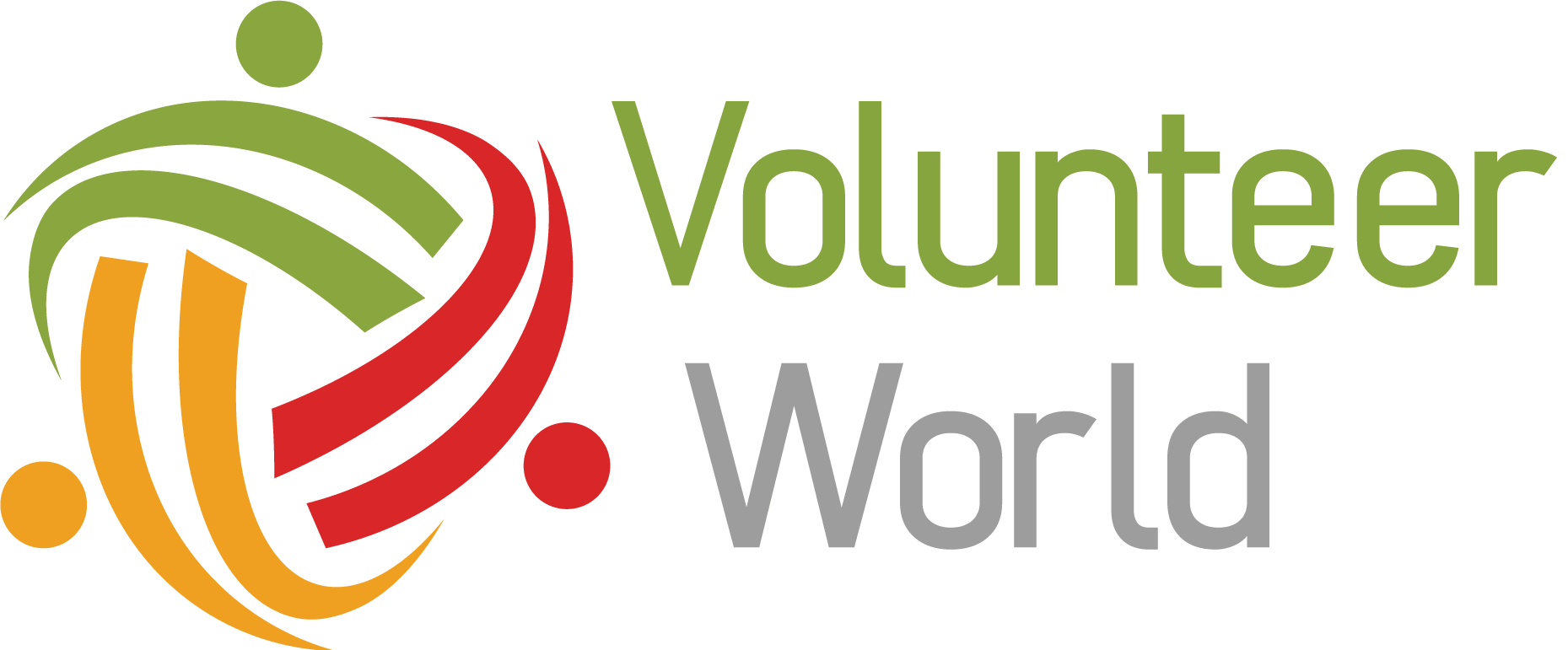Easiest Medical Schools to Get Into in 2025: Acceptance Rates, GPAs & More
Go-Elective Abroad
Easiest Medical Schools to Get Into in 2025: Acceptance Rates, GPAs & More
Applying to medical school can feel like aiming for the stars. With tens of thousands of qualified applicants and limited seats, the process is one of the most competitive in higher education. But don’t be discouraged—while some programs are harder to access, there are many reputable medical schools that offer excellent training and have higher acceptance rates than their Ivy League counterparts.
In this guide, we’ll explore some of the easiest medical schools to get into in 2025. These programs are accessible, mission-driven, and often focus on serving underserved communities—making them ideal for applicants who are eager to make an impact.
You’ll also find guidance on how to stand out with clinical experience, such as global health internships through Go Elective, which can strengthen your application, provide patient interaction hours, and expand your understanding of international healthcare systems.
Why Are U.S. Medical Schools So Competitive?
Despite increased awareness of physician shortages, the number of available seats in U.S. medical schools has not kept pace with demand. In recent cycles, over 60,000 applicants have vied for just 20,000–22,000 spots. Many schools are highly selective, and even qualified students with strong academic backgrounds face rejection.
The competitiveness is also due to the challenging nature of the profession—medical schools are under pressure to select students who can not only survive the curriculum but also succeed as compassionate, competent physicians.
Still, some schools intentionally maintain accessible admission policies to meet growing healthcare demands, especially in rural and medically underserved regions.
Why Consider the Easiest Medical Schools?
Choosing an accessible medical school doesn't mean compromising quality. Many of the institutions listed here have top-tier primary care programs, strong match rates, and a track record of preparing students for residency and medical licensure.
They also often offer:
- Smaller class sizes
- Affordable tuition (especially in-state)
- A mission to serve underserved communities
- Holistic admissions processes
- Greater opportunity to gain meaningful patient experience
If you pair one of these schools with standout global health experience—such as the medical internships in Kenya and Tanzania offered by Go Elective—you can boost your profile while gaining real-world exposure to healthcare challenges around the world.
Common Admissions Requirements
Even at the most accessible institutions, candidates must meet key requirements:
- A bachelor’s degree (usually in a science-related field)
- Competitive GPA and MCAT scores
- Clinical exposure (including internships, shadowing, or volunteer work)
- Strong letters of recommendation
- A compelling personal statement
- Commitment to service or underserved populations
Programs that use holistic admissions may weigh personal experiences and resilience just as heavily as academic metrics.
Top Accessible Medical Schools to Consider this Year
Below is a list of reputable medical schools that are considered easier to get into based on acceptance rates, GPA/MCAT averages, and mission-focused admissions strategies.
-
University of Mississippi Medical Center
- Location: Jackson, MS
- Acceptance Rate: 47%
- Average GPA: 3.8
- Average MCAT: 505
- Tuition: $31,197
- Program Strengths: Rural medicine, underserved populations
- Note: Mississippi’s only academic medical center
-
Augusta University – Medical College of Georgia
- Location: Augusta, GA
- Acceptance Rate: 12%
- Average GPA: 3.7
- Average MCAT: 509
- Tuition: $28,358 (in-state) / $56,716 (out-of-state)
- Note: Expanding class size to combat state-wide physician shortage
-
University of North Dakota School of Medicine
- Location: Grand Forks, ND
- Acceptance Rate: 18%
- Average GPA: 3.8
- Average MCAT: 507
- Tuition: $34,762 (in-state) / $61,630 (out-of-state)
- Special Focus: Rural and Indigenous health care delivery
-
LSU Health New Orleans School of Medicine
- Location: New Orleans, LA
- Acceptance Rate: 20%
- Average GPA: 3.8
- Average MCAT: 509
- Tuition: $32,937 (in-state) / $61,114 (out-of-state)
- Note: Strong regional reputation and clinical training in a major urban center
-
Mercer University School of Medicine
- Location: Macon, Savannah, Columbus (GA residents only)
- Acceptance Rate: 10%
- Average GPA: 3.64
- Average MCAT: 504
- Tuition: $26,370
- Note: Commitment to primary care in Georgia’s rural communities
-
University of New Mexico School of Medicine
- Location: Albuquerque, NM
- Acceptance Rate: 9%
- Average GPA: 3.71
- Average MCAT: 505
- Tuition: $15,328 (in-state) / $44,023 (out-of-state)
- Specialty Strengths: Primary care, family medicine, Indigenous health
-
University of Arkansas for Medical Sciences (UAMS)
- Location: Little Rock, AR
- Acceptance Rate: 21%
- Average GPA: 3.84
- Average MCAT: 490
- Tuition: $33,010 (in-state) / $65,180 (out-of-state)
- Unique Offering: MD/MPH track with rural health loan forgiveness
-
University of Nevada, Reno School of Medicine
- Location: Reno, NV
- Acceptance Rate: 11.6%
- Average GPA: 3.63
- Average MCAT: 509
- Tuition: $31,056 (in-state) / $57,704 (out-of-state)
- Note: Personalized clinical training across Nevada
-
University of Missouri-Kansas City School of Medicine
- Location: Kansas City, MO
- Acceptance Rate: 21%
- Average GPA: 3.85
- Average MCAT: 510
- Program Highlight: Accelerated BA/MD program
- Note: Affiliated with 15+ hospitals and community health centers
-
University of Nebraska Medical Center (UNMC)
- Location: Omaha, NE
- Acceptance Rate: 9%
- Average GPA: 3.85
- Average MCAT: 512
- Tuition: $35,360 (in-state) / $48,000 (out-of-state)
- Special Feature: Home to one of the nation’s largest biocontainment units
Tips for Strengthening Your Application in 2025
To stand out at any medical school—including those with higher acceptance rates—consider the following:
-
Participate in a Global Health Internship
Hands-on experience in underserved areas, like Go Elective’s internships in Kenya or Tanzania, helps you build real patient hours and demonstrate cultural competence and commitment to global health.
-
Highlight Service to Underserved Populations
Programs on this list value applicants with a clear mission to serve others. Volunteering, public health advocacy, or rural clinical work can all strengthen your profile.
-
Choose the Right School for Your Goals
An “easier” school still needs to be the right fit. Look for programs that offer your preferred specialties, dual-degree opportunities (like MD/MPH), and strong support systems.
Final Thoughts
The easiest medical schools to get into in 2025 are more than just accessible—they are essential. These schools are producing the physicians who will fill critical gaps in healthcare, especially in underserved regions.
If you’re looking to pair accessibility with meaningful clinical exposure and mentorship, Go Elective’s international medical internships can be the perfect complement to your application.
Remember, every great doctor starts with a first step. It doesn’t have to be at a top 10 school—it just has to be a school that believes in your potential and prepares you to serve.
Article Details
Categories
Recent Articles , Pre-health, Medical Electives,
Author: Go-Elective Abroad
Date Published: May 14, 2025
Travel with us.
Inquire Today!
Go Elective offers immersive opportunities for medical students, pre-med undergraduates, residents, nursing practitioners, and PAs to gain guided invaluable experience in busy hospitals abroad. Discover the power of study, travel, and impact.






